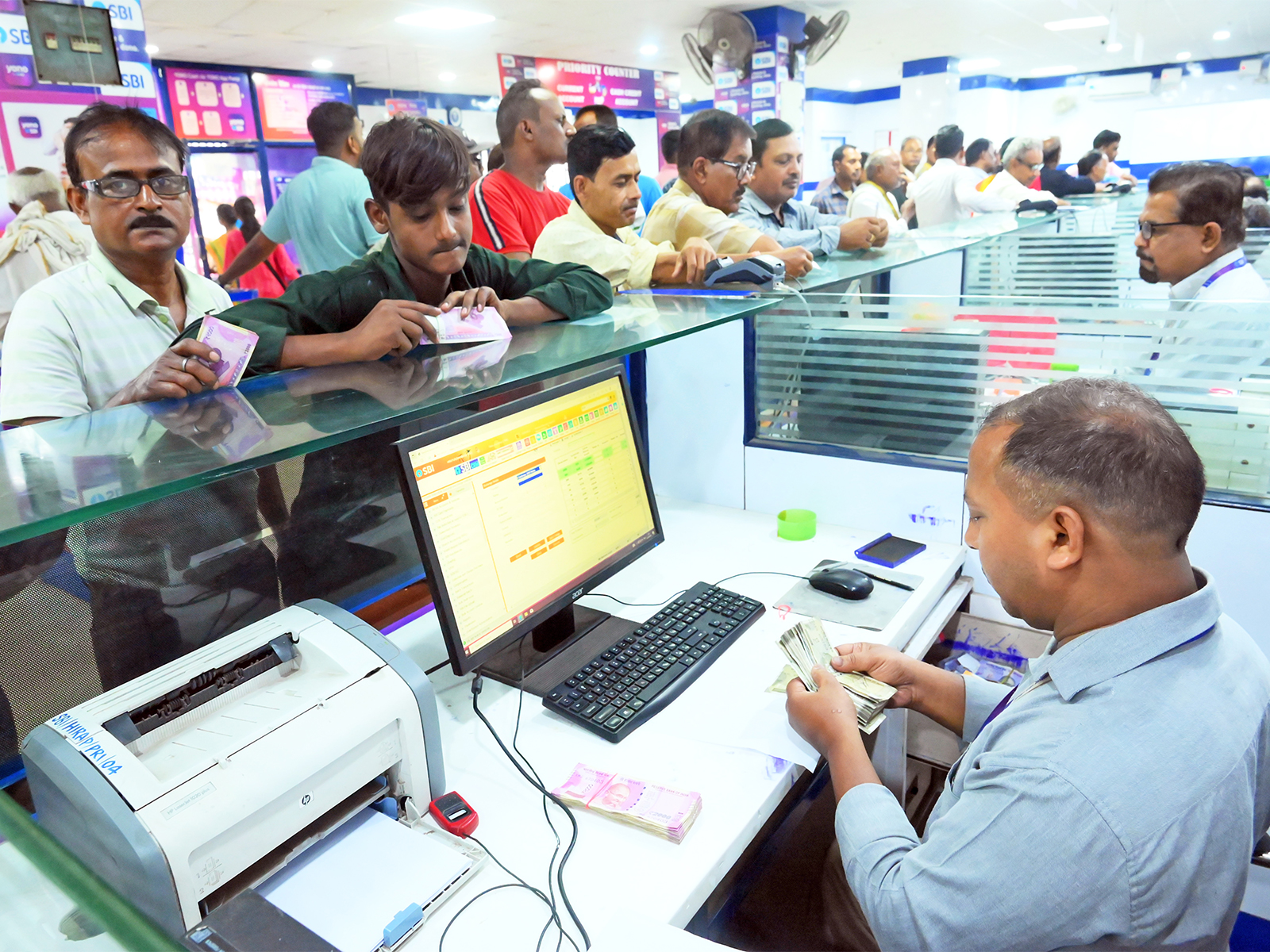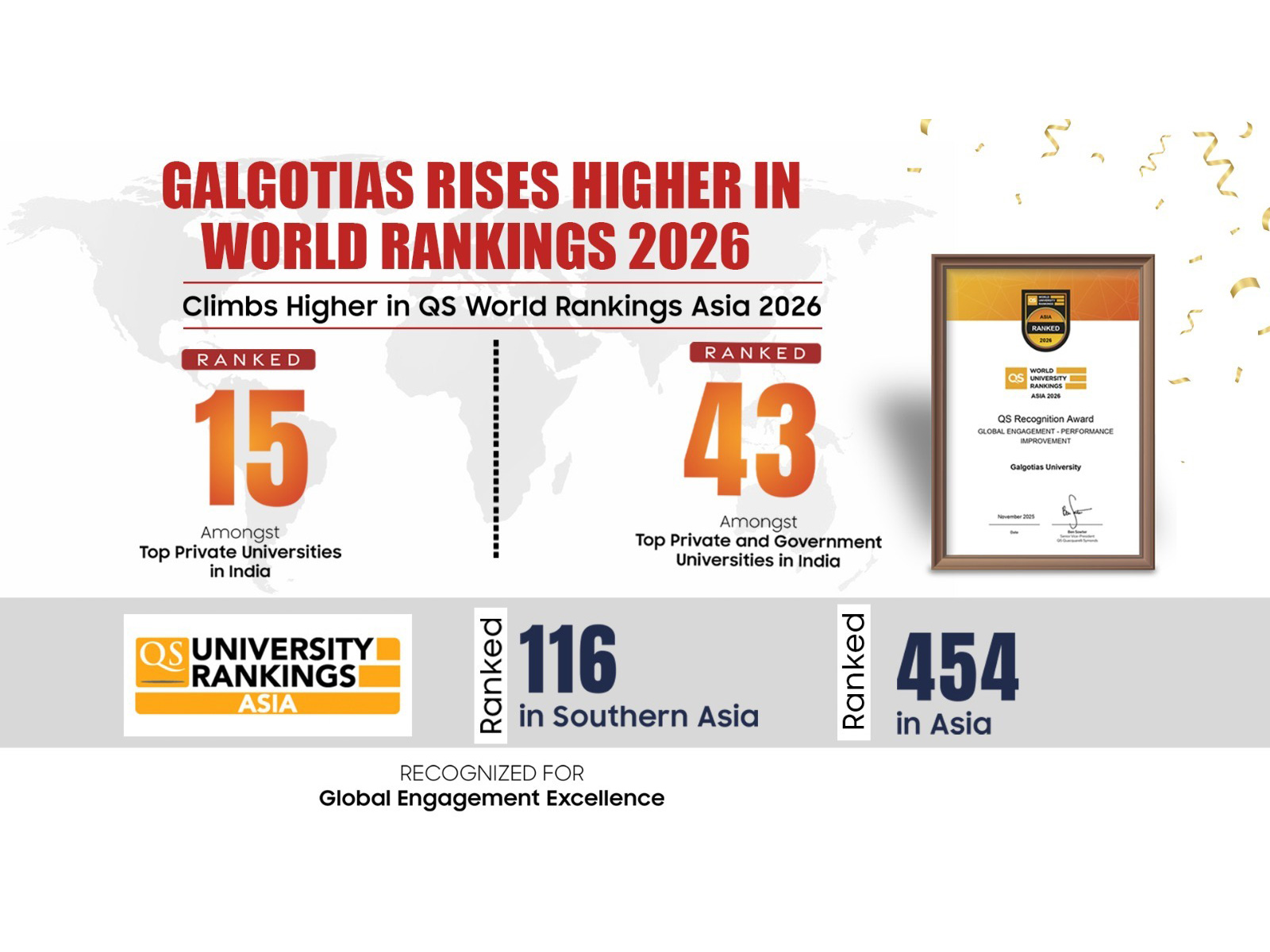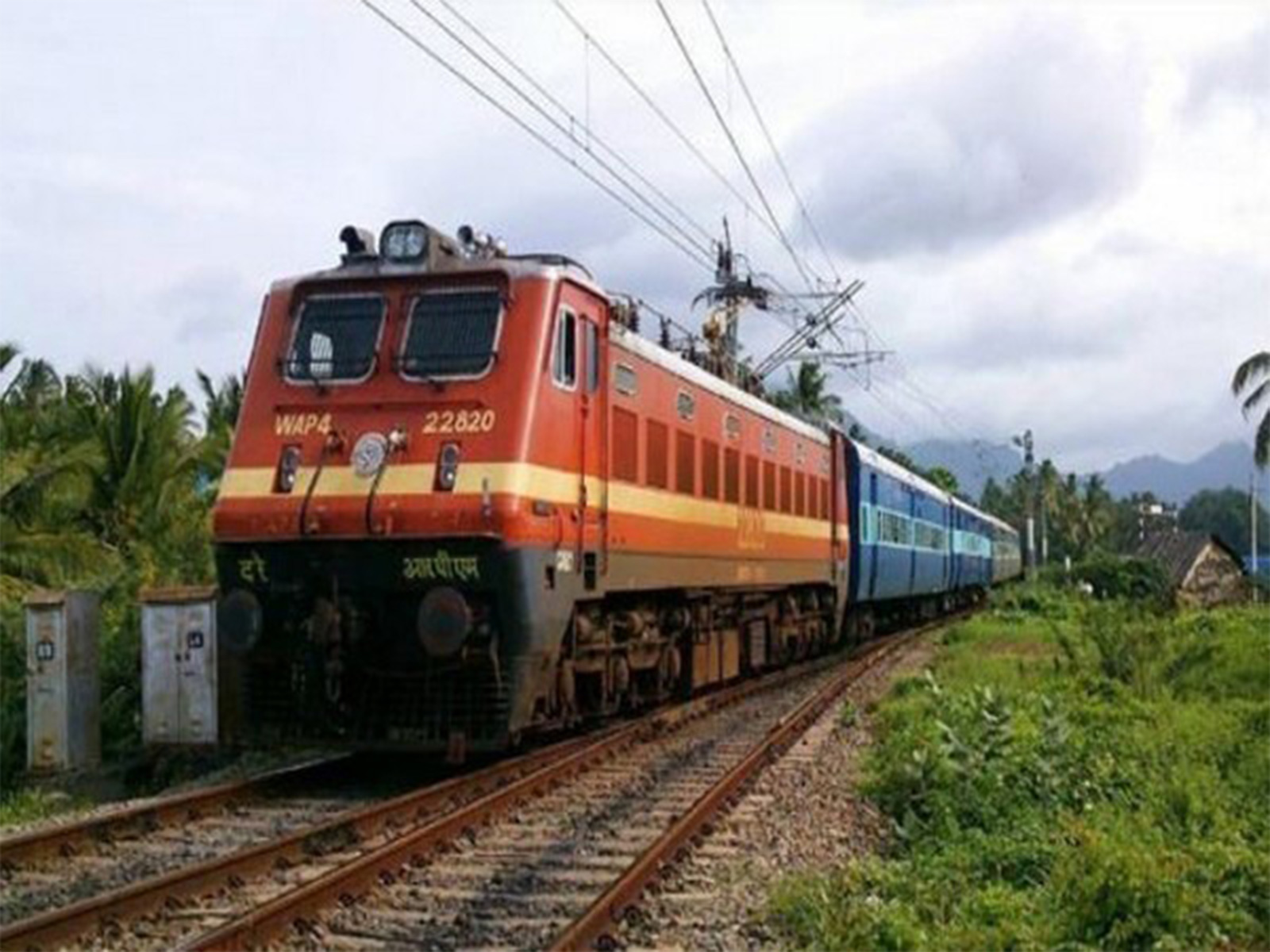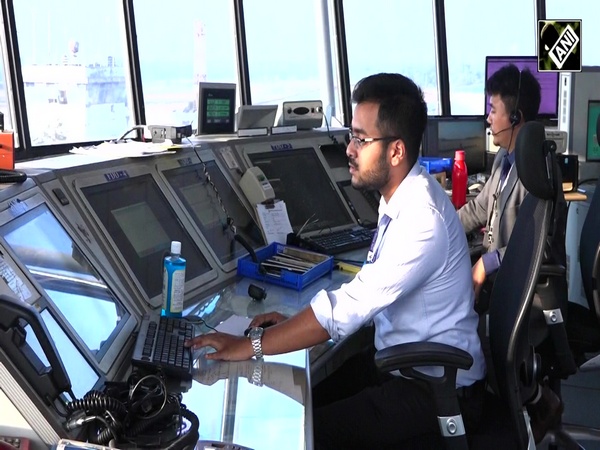
Banks at crossroads as AI costs rise and risks escalate: S&P Report
Nov 13, 2025
New Delhi [India], November 13 : Global banking sectors are facing growing challenges due to rapid digitalization, adoption of artificial intelligence (AI), climate change, and increasing cyber threats, according to a report released by S&P Global Ratings.
The report said that these evolving risks will put pressure on some banks' business models and risk management practices while offering opportunities for others.
"These evolving risks will challenge business models and risk management for some banks and offer opportunities for others. We eventually expect increasing credit divergence," the report stated, indicating that the performance gap between stronger and weaker banks could widen in the coming years.
The report also identified several macro and external factors shaping the global banking sector and outlined key risk drivers in the report.
Under the business landscape, the report highlighted that new AI-enabled entrants are gaining market share, while AI adoption will increasingly determine competitive advantage among banks.
On financial performance, it said that capital expenditure and the ongoing running costs of AI solutions will be key considerations for banks.
However, the delivery of efficiency gains over time and increased revenue from improved brand value and client loyalty, supported by AI, could provide long-term benefits.
In terms of risk management practices, the report pointed out that deploying AI technologies introduces new technical risks and increases reliance on third-party vendors. At the same time, AI can help banks improve risk identification, monitoring, and pricing.
The report further mentioned that these factors will have a bearing on banks' credit quality, business models, reputational risk, operational risk, and exposure to credit and market risks.
On the financial outlook, S&P forecasts that global banks' credit losses will rise by about USD 46 billion in 2026 before easing in 2027. Credit losses are expected to reach USD 655 billion in 2026, up from USD 609 billion in 2025, a 7.5 per cent increase, and further rise to USD 683 billion in 2027, marking a 4.3 per cent increase.
The bulk of this rise is expected from the Asia-Pacific region, largely due to tariff-related uncertainties affecting lending to China's micro and small enterprises and its unsecured consumer credit segment.
However, it also noted that these losses should remain manageable, supported by solid profitability and stronger prudential rules implemented over recent years.
























